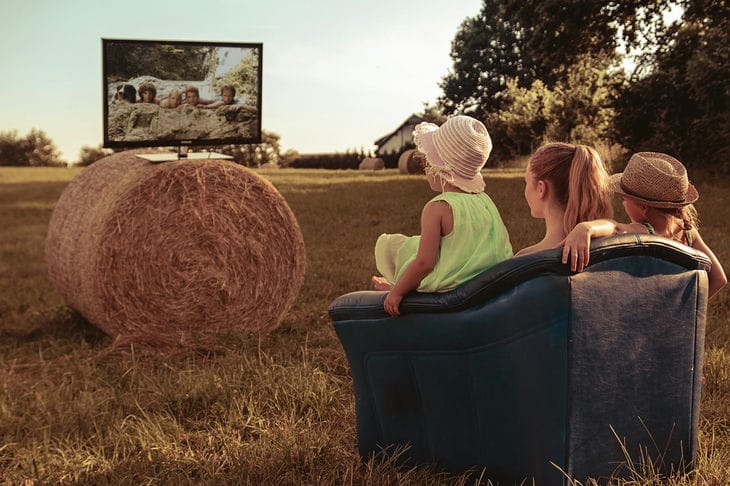Develop and do no harm: about cartoons and children's psyche.
Psychologist Olga Makarova told how cartoons influence a child: harm and benefit.
Many experts discuss the harm and benefits of cartoons; none of us can imagine childhood without watching our favorite cartoons.

How often, in what quantity, and on what topics can a child watch cartoons? What is their harm and danger? How to regulate the viewing time?
1. Educational function
Educational cartoons have a positive effect on a child. In a playful way, he will learn to distinguish colors, objects, learn simple numbers and letters.
In addition, this presentation of the material allows you to treat learning as an exciting journey.
2. Stimulation of cognitive functions
With the help of cartoons, a child also learns to reason logically, analyze and compare, contrast the properties and qualities of objects.
In addition, cartoons teach children to use auditory and visual analyzers, manage attention and learn new movements.
3. Linguistics and cartoons
With the help of cartoons, a child will easily master new words and sentences, both in his native and foreign languages. Funny songs and sayings allow children to easily remember even the most difficult words.
With the help of cartoons, a child significantly expands his horizons: he can travel to different countries and get acquainted with the traditions of the peoples of the world, improve his erudition, mood, relieve stress, stimulate creativity, imagination and ingenuity.
But, in addition to positive factors, cartoons can also have a negative impact:
1. Violence and rudeness. Even the kindest cartoons contain chases, rivalries and competitions, sometimes outright bullying of one character over another.
It is important to ensure that the child does not watch cartoons with such content.
2. Emotional detachment, unreality. Often in cartoons the emotional side of the plot is excessively distorted. The hero runs and does not get tired, falls and does not get injured, fights and continues on his way as if nothing happened.
In this case, it is important to talk to the child about the fact that real life and animation have a number of differences and try not to write off watching such cartoons.
3. Disobedience, sedentary lifestyle, swearing. Sometimes a child likes a character or a plot so much that he is ready to sit for days watching his favorite episodes.
In addition, each story has negative characters who can steal, swear, fight and lead an antisocial lifestyle.
It is important to talk to your child if his favorite cartoons include those that feature such characters.
Explain to your child that in real life, such behavior is unacceptable and can lead to aggression, isolation among friends and family, and deserved punishment.
In addition, it is important to strictly monitor the viewing time: do not allow children to watch cartoons for more than 1 hour a day. Try to protect the child from using gadgets before and after waking up.
Another danger of the cartoon is that the child is immersed in a virtual world, but does not receive feedback.
He reacts to the hero, the visual sequence, but does not learn to “live” his emotions, since this is only possible in contact with another, living person - a brother, sister or parent.
Such getting stuck and accumulating unprocessed emotions can provoke stress, detachment, and an inability to communicate and socialize in the future.
This is why it is important for parents to maintain contact with their child, communicate, spend time together, go for walks and get to know the world anew, look at things that are familiar to adults in a new way with a direct, open child’s gaze.
